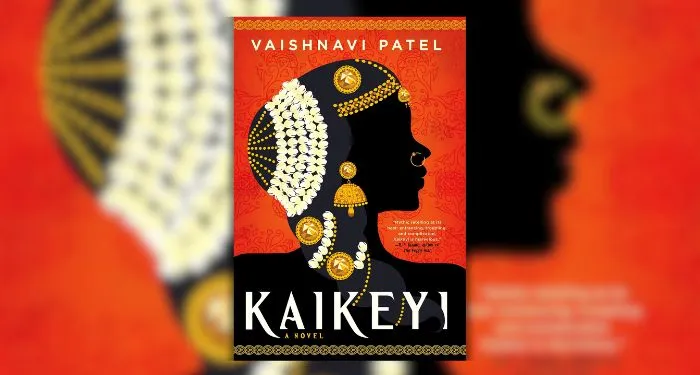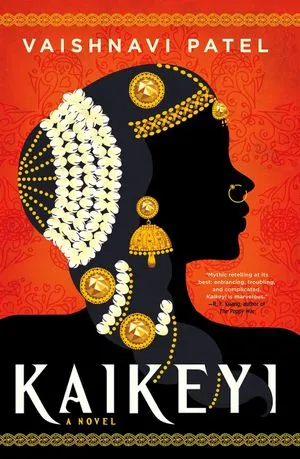Yashvi Peeti is an aspiring writer and an aspiring penguin. She has worked as an editorial intern with Penguin Random House India and HarperCollins Publishers India. She is always up for fangirling over poetry, taking a walk in a park, and painting tiny canvases. You can find her on Instagram @intangible.perception
Ramayana, attributed to Valmiki and set in ancient India, is one of the two popular epics of Hinduism. In most versions of the story, we get to know about the life of Rama, the seventh avatar of Lord Vishnu, his exile, adventures, and return to Ayodhya. Growing up, it was always portrayed to me as a story that represents the victory of good over evil. The versions I heard were centred around men, their fall, and their glory. Even though women were important characters who were pivotal to how the story unfolds, I only heard about them as the part they played in the overall narrative.
Kaikeyi by Vaishnavi Patel
Kaikeyi was a refreshing take on this too-familiar story. I got to imagine the world through her eyes. She is known as the queen who persuaded the king to banish his son Rama into fourteen years of exile. But there is so much more to her story. She’s the only daughter in the kingdom of Kekeya, growing up with loving brothers and a distant father who banished their mother. Her childhood holds pain and confusion, and a need to be worth more than just the marriage alliance she can secure. In this book, she stumbles upon a Binding Plane where she can see the threads of the bonds she shares with other people. She uses them to manipulate people and we watch as her powers grow over the years. She’s also a master charioteer who marries King Dasharatha, becomes his favourite queen, and eventually even his chief advisor!
As mentioned by the author, there are fictional elements to this book that are not a part of the original epic. It is the author’s take on Kaikeyi’s world and she builds her own literary universe. In Vaishnavi’s world, we see Kaikeyi as a feminist icon who wants her ideas to matter, and grows to deeply care about the well-being of the women in her court. She is smart, capable, and uses her power & privilege to do what feels right for her and the women around her. She is portrayed as a tragic character, but not an evil one. She has her moral reasoning for her actions, even if they lead to unintended suffering.
When I finished this book, I also read The Forest of Enchantments by Chitra Banarjee Divakaruni, which is the retelling of Ramayana from Sita’s perspective. These retellings allowed me to form a more complete picture of what it could’ve been like to be a woman in that era. I hope you pick them up and make up your own mind!
For more recs, also check out Retellings of Indian Epics and 8 Brilliant Books by Indian Authors Set In India.
Audiobooks Promotions
Sign up for Audiobooks Promotions to receive special offers, new products, and interesting listens from the world of audiobooks!





















 English (US) ·
English (US) ·